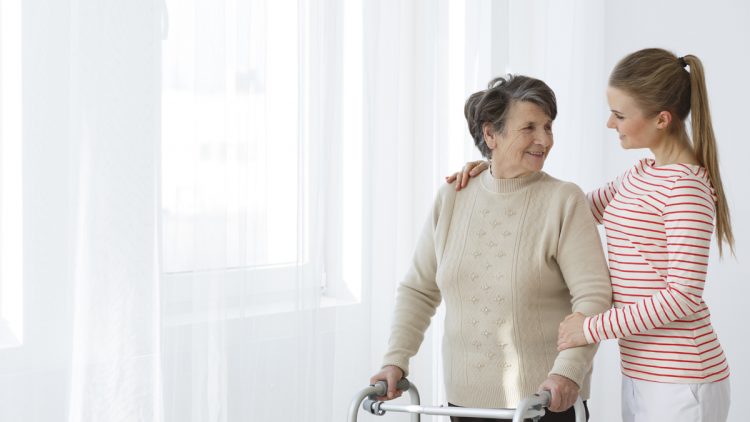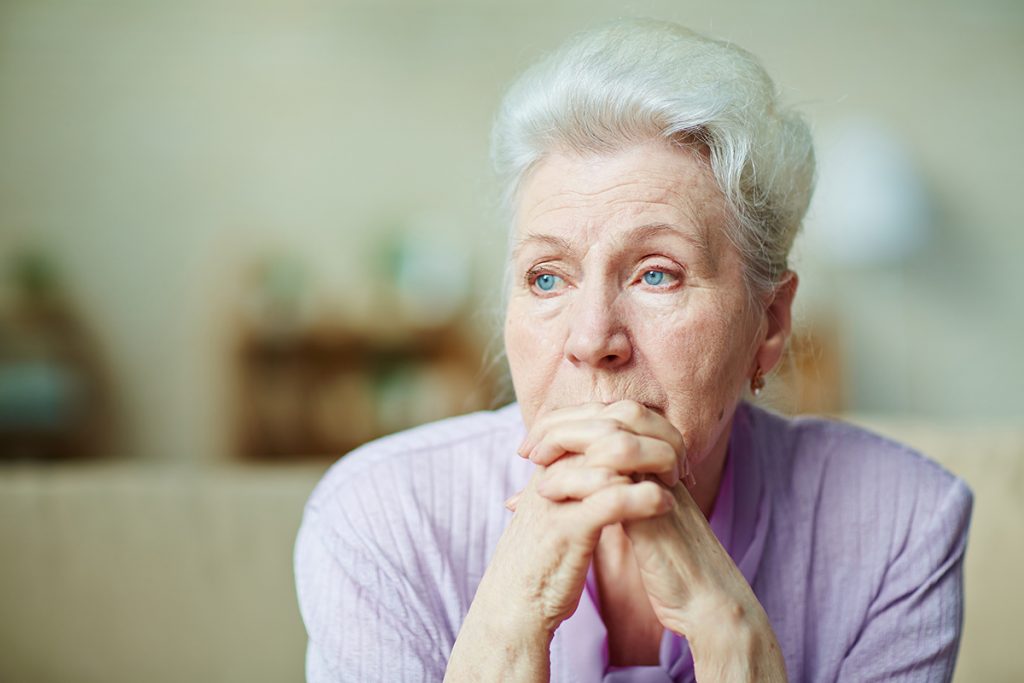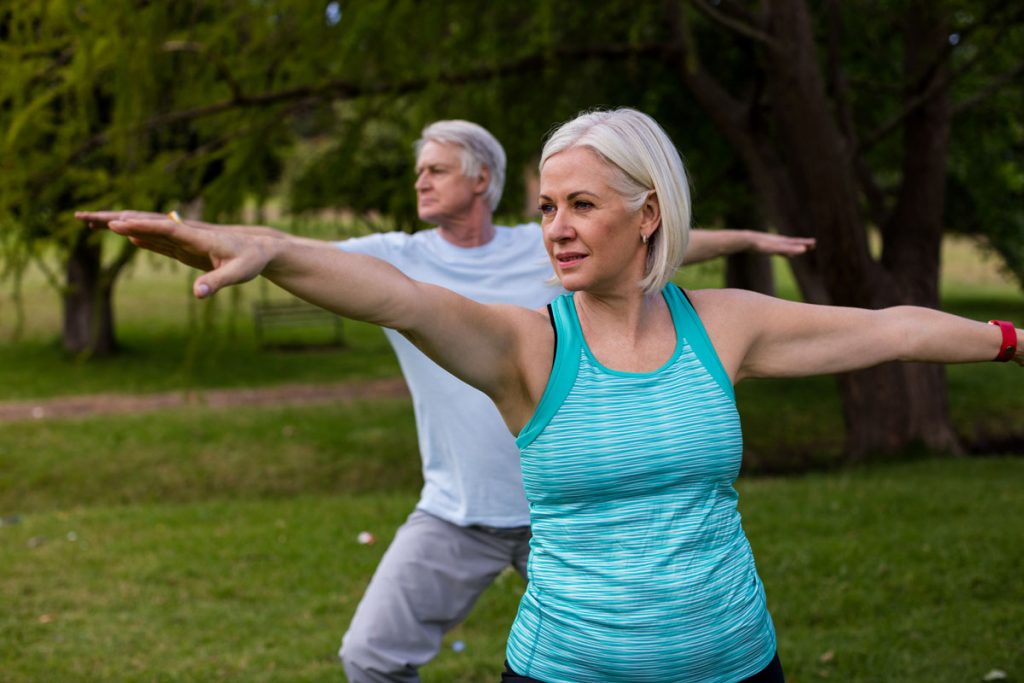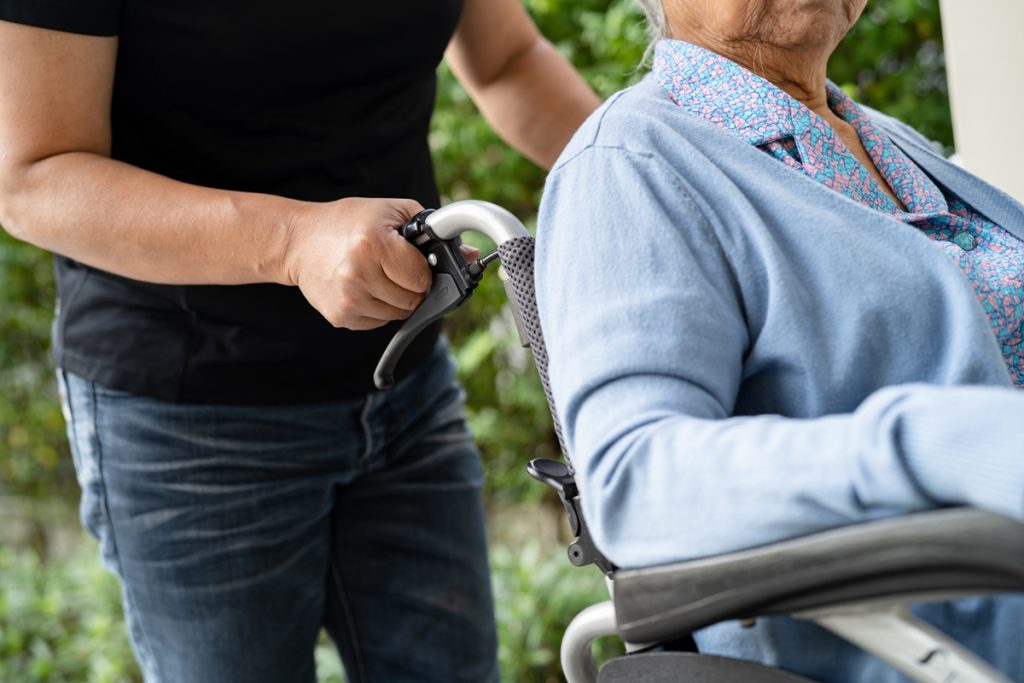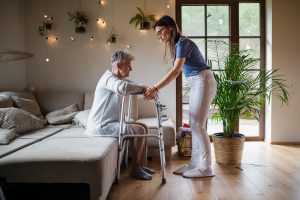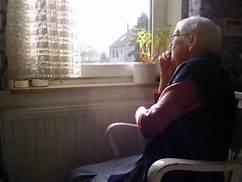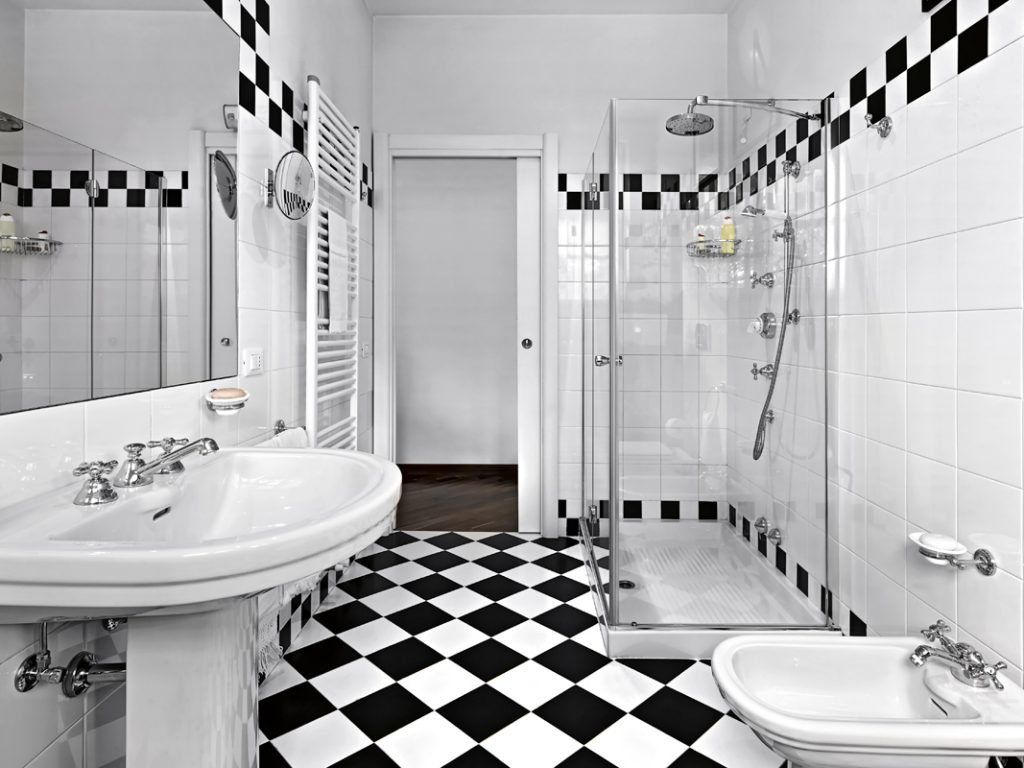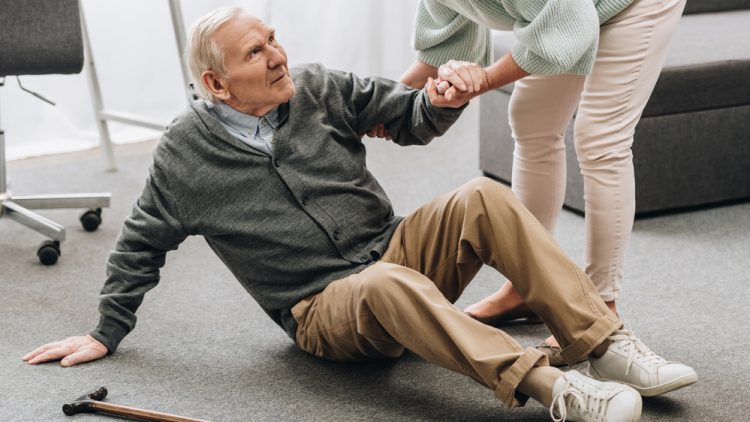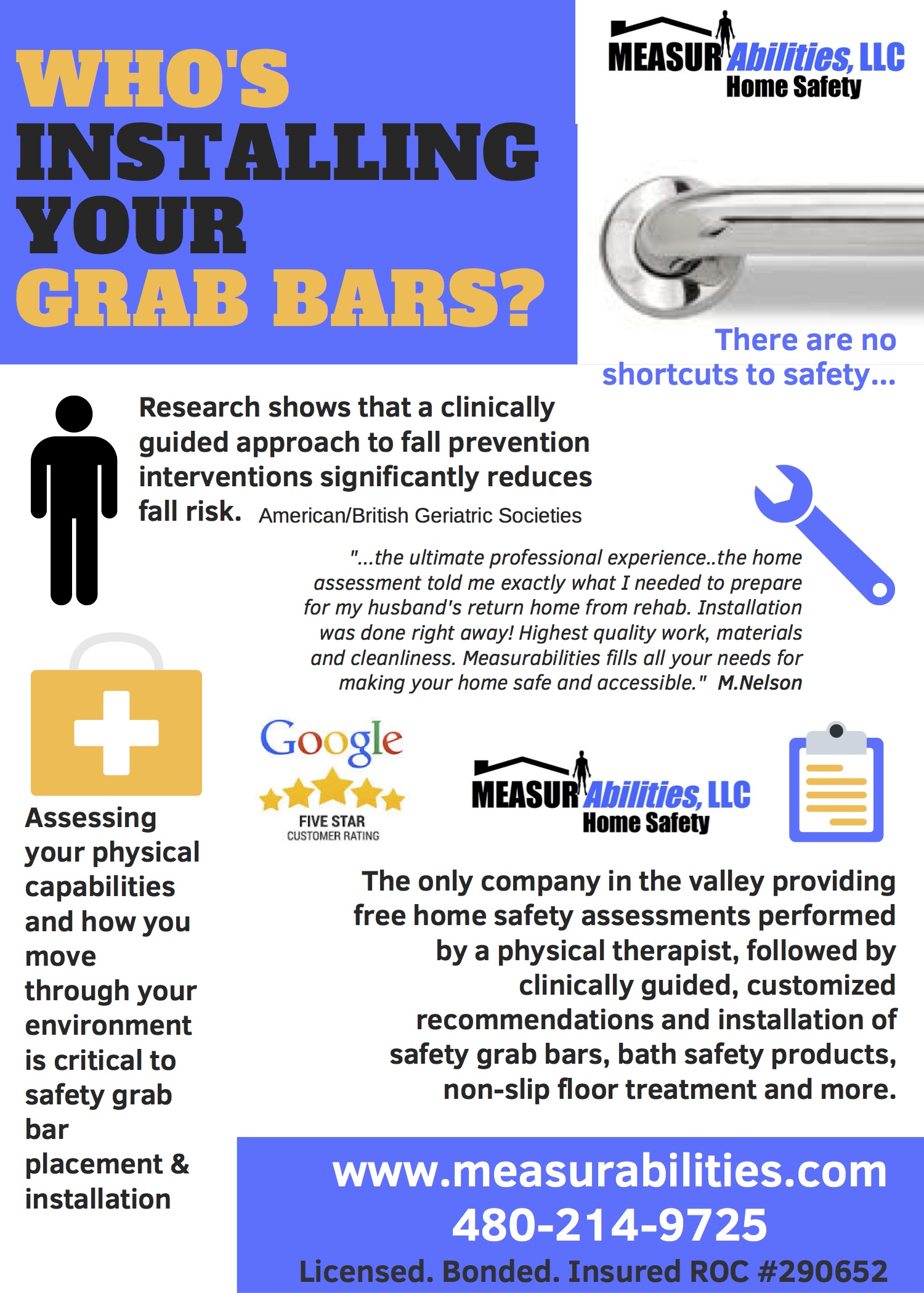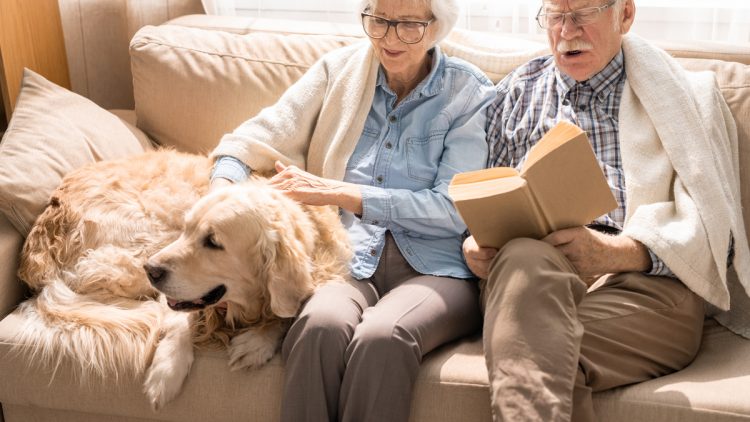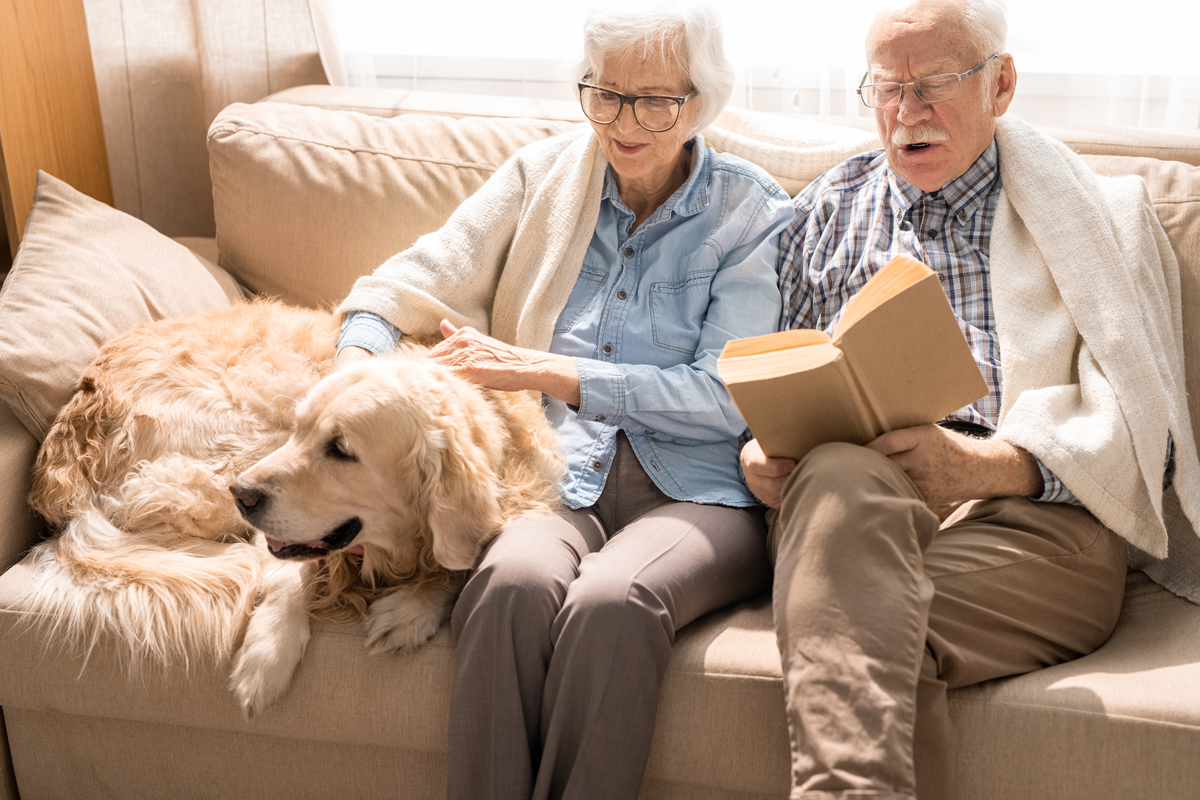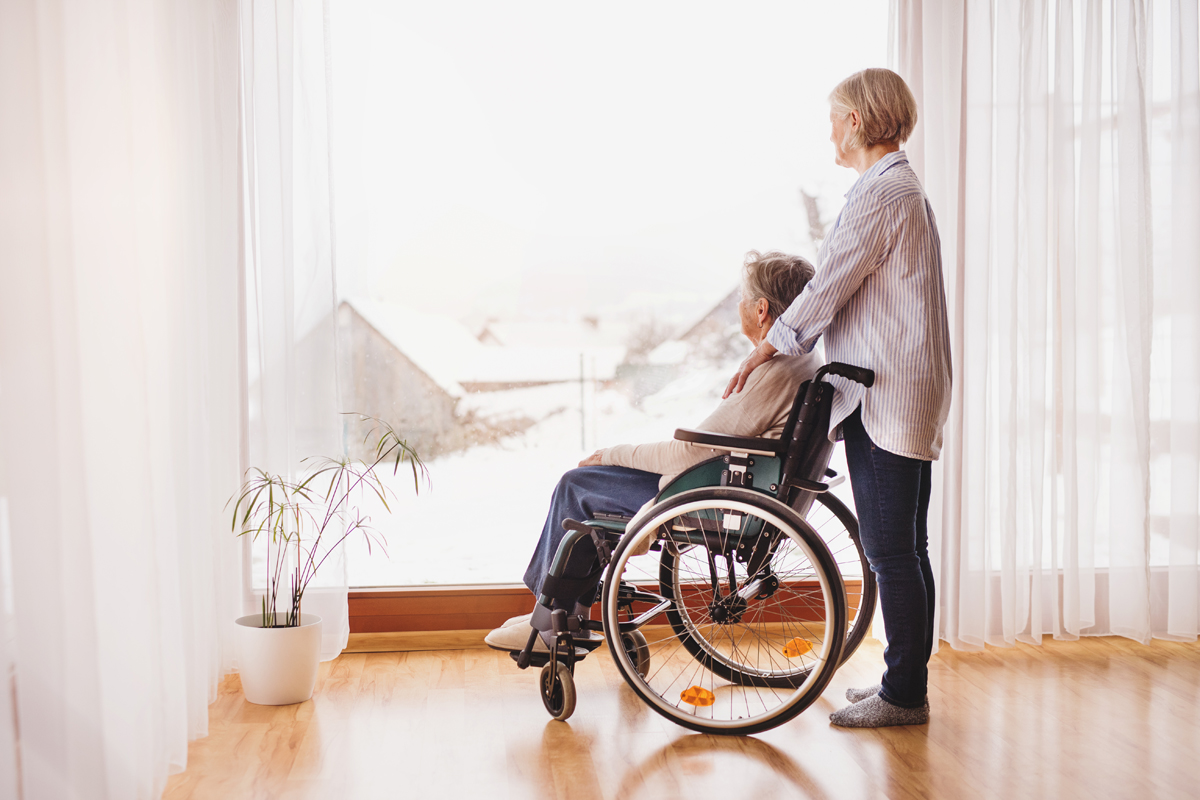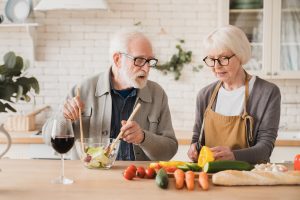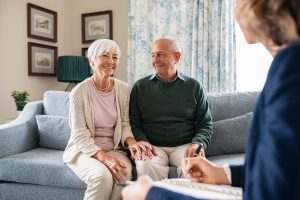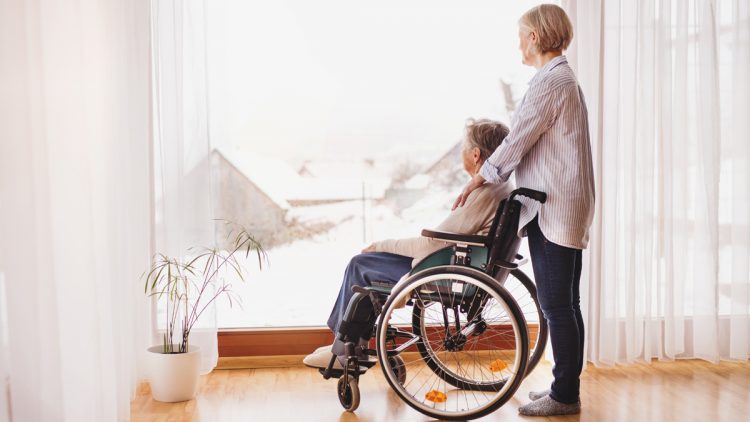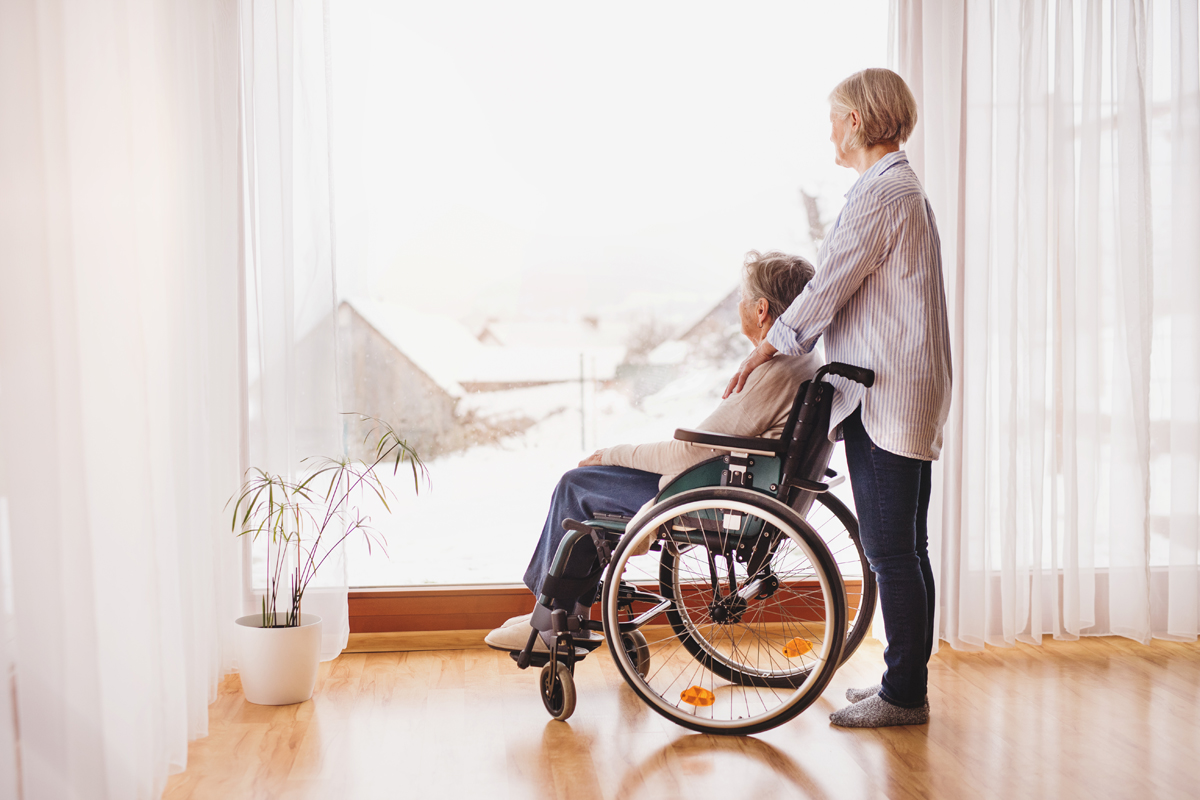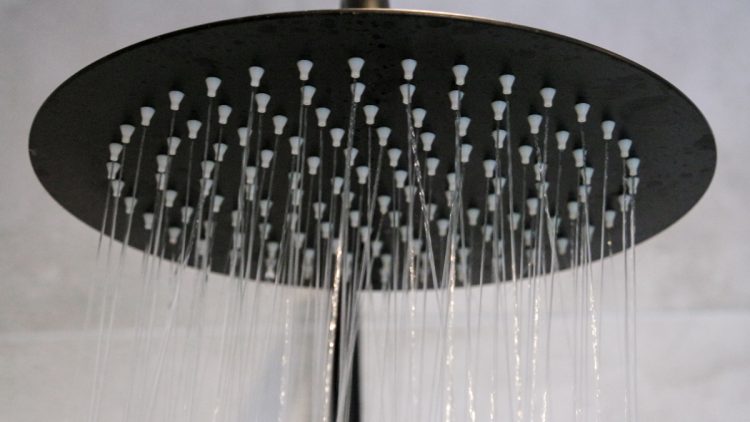Pick The Best Walking Frame
Walking frames can give people a greater level of support and balance. Read on to learn how one can work for you!
A walking frame, also known as a walker, is a mobility aid that provides support and stability to people who have difficulty walking. It is a four-legged frame with handles at the top and wheels at the bottom. The user leans on the handles for support and uses the wheels to move the frame forward.
Walking frames are used by people with a variety of mobility issues, including:
- Arthritis
- Stroke
- Parkinson’s disease
- Multiple sclerosis
- Osteoporosis
- Injury
- Weakness
- Fatigue
Walking frames can help people to maintain their independence and mobility. They can also help to prevent falls, which are a major risk for people with mobility issues.
There are two main types of walking frames:
- Standard walking frames: These have four legs and no wheels. They are the most stable type of walking frame, but they can be more difficult to move around.
- Wheeled walking frames: These have four legs and two wheels. They are easier to move around than standard walking frames, but they may not be as stable.
When choosing a walking frame, it is important to consider the user’s individual needs and abilities. The frame should be the right height for the user and should be stable and easy to move around. The user should also be able to reach the handles comfortably.
Walking frames can be purchased from medical supply stores or online retailers. They are also available for rent or loan from some healthcare providers.
Here are some tips for using a walking frame:
- Keep the frame close to your body when you walk.
- Use the handles to support your weight.
- Take small steps and avoid sudden movements.
- Be careful when going up or down stairs.
- If you feel unsteady, sit down and rest.
With proper use, walking frames can be a safe and effective way to improve mobility and independence.
Here are some additional things to consider when choosing a walking frame:
- The weight of the frame. Some frames are heavier than others, so it is important to choose one that is easy for the user to lift and move.
- The width of the frame. The frame should be wide enough to allow the user to walk comfortably, but not so wide that it is difficult to maneuver in tight spaces.
- The height of the frame. The frame should be the right height for the user so that they can reach the handles comfortably without having to bend over.
- The features of the frame. Some frames have features such as a seat, baskets, or brakes. These features can be helpful, but they may also add to the weight of the frame.
It is important to talk to a healthcare professional or mobility expert to get help choosing the right walking frame for your needs.
Walking Frame Features
- Height adjustment: The walking frame should be adjustable in height so that it can be customized to the user’s height. This will help to ensure that the user is able to reach the handles comfortably and safely.
- Weight capacity: The walking frame should have a weight capacity that is sufficient for the user’s weight. This is important to prevent the frame from collapsing or tipping over.
- Number of wheels: Walking frames can have two wheels, four wheels, or no wheels. Two-wheeled frames are the most common type and are the easiest to move around. Four-wheeled frames are more stable, but they can be more difficult to maneuver. Non-wheeled frames are the most stable, but they can be the most difficult to move around.
- Wheel type: The type of wheels on the walking frame can affect its maneuverability. Swivel wheels allow the frame to turn more easily, but they can be less stable. Fixed wheels are more stable, but they can be more difficult to turn.
- Frame material: Walking frames are typically made of aluminum or steel. Aluminum frames are lighter and easier to move around, but they are not as strong as steel frames. Steel frames are stronger, but they are also heavier and more difficult to move around.
- Features: Some walking frames come with additional features, such as a seat, basket, or brakes. These features can be helpful, but they may also add to the cost of the frame.
It is important to consider all of these factors when choosing a walking frame. The best walking frame for one person may not be the best walking frame for another person. It is important to talk to a healthcare professional or mobility expert to get help choosing the right walking frame for your needs.
Here are some additional features that may be important to consider:
- Folding capability: Folding walking frames are easier to store and transport.
- Anti-tip brakes: Anti-tip brakes can help to prevent the frame from tipping over.
- Non-slip feet: Non-slip feet can help to prevent the frame from slipping on smooth surfaces.
- Adjustable armrests: Adjustable armrests can provide more comfort and support.
- Seat cushion: A seat cushion can provide more comfort when sitting down.
- Basket: A basket can be used to carry items.
Walking Frame and Cane Comparisons
A walking frame and a cane are both mobility aids that can help people with balance and mobility issues. However, they have different features and benefits, so the best choice for you will depend on your individual needs and circumstances.
Walking frame
A walking frame is a four-legged frame with handles that you can use to move it forward as you walk. It provides more support and stability than a cane, making it a good option for people with significant balance or mobility issues. Walking frames are also easier to use on uneven surfaces than canes.
Cane
A cane is a single- or four-point stick that you can use to support your weight and improve your balance. It is a lighter and more portable option than a walking frame, making it a good choice for people who need less support or who want to be able to move around more easily. Canes are also easier to use on stairs than walking frames.
Which is right for me?
To decide which is right for you, consider the following factors:
- Your level of balance and mobility: If you have significant balance or mobility issues, a walking frame is a good option. If you have less severe issues, a cane may be sufficient.
- Your activity level: If you are active and need to be able to move around easily, a cane may be a better choice. If you are less active, a walking frame may be more stable and supportive.
- The environment you will be using it in: If you will be using the mobility aid on uneven surfaces or stairs, a walking frame is a better choice. If you will be using it on smooth surfaces, a cane may be sufficient.
- Your personal preference: Ultimately, the best way to decide is to try both a walking frame and a cane and see which one you feel more comfortable and secure with.
If you are unsure which mobility aid is right for you, talk to your doctor or a physical therapist. They can help you assess your needs and make a recommendation.
Having a home safety assessment performed to identify fall risk and provide safety recommendations followed up by installation, can greatly reduce your risk of falls in your home environment. You are unique and your needs are too!
Related Posts

